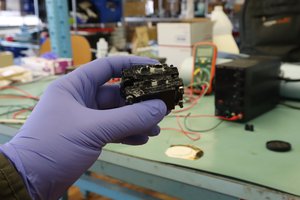This project will investigate four possible means of avoiding the second law of thermodynamics:
- Room Temperature thermionic devices
- Bipolar membrane devices
- High Temperature thermionic devices
- Magnetic devices utilizing attractors in nonlinear phase space and/or the concept of "second sound"
We will also discuss mesoscopic devices like the Graphene Energy Harvester and an analogous system using a superparamagnetic particle and a micron-scale pickup coil, but they requre integrated circuit etching technology, so we will not be replicating them here. Some hackers have built IC etching equipment in their home labs and we encourage them to try these.
Note I say avoiding, not violating, the second law: this is done in a manner analogous to how complex numbers have different properties than real numbers: when you start with a different set of axioms, you arrive at different maths.
In
mathematical physics, we try to build models with minimal sets of
assumptions. This is because, historically speaking, assumptions and
constants have typically been indications of some incomplete
understanding of the underlying physics we are attempting to model. The way it is taught today, an
introductory student of Thermodynamics could be forgiven for thinking
that the laws of thermodynamics are a set of such assumptions, but
the second law in particular is based on a set of more fundamental
mathematical assumptions, which are in question here.
Firstly, the second law has an implicit assumption that all states in an ensemble have roughly the same order of magnitude of probability of receiving energy from another state in the ensemble during a small time interval. This assumption is called ergodicity, and if
a statistical ensemble is ergodic, energy concentrated in one state
will always spread out until the system reaches a steady state, where
entropy is maximized. This is why, with the second law, we say
entropy tends to increase, or heat flows from hot to cold. Ensembles in thermodynamics have roughly the same mathematical structure as Markov chains, so to put this another way, in order to get the second law of thermodynamics, we have to assume that it is impossible to build an ensemble that behaves like an absorbing (or oscillating) Markov chain.
In standard statistical mechanics there is also the assumption of "weak coupling" undergirding the second law. Weakly coupled quantum systems will tend not to display any correlations between interacting particles or quanta of energy, and such systems lead naturally to ergodicity. But in biology it is known that various enzymes and receptors are specifically not weakly coupled, and in condensed matter physics, the study of "correlated electron matter", where weak coupling should not be assumed, is a sizeable and active field. So if we know of counterexamples here, why not look for counterexamples to ergodicity?
Such a counterexample in and of itself isn't particularly interesting, but let's imagine an ensemble where the absorbing state happens to be a capacitor, or other energy storage system which we know how to harness. Then that capacitor can be periodically tapped for energy, dissipated during work into a second system. If that second system is in thermal contact with the first system, then the energy will eventually get captured again in the absorbing state, where it can be tapped again. Assuming the energy to switch the capacitor behavior is stored upon each discharge in one of the two systems involved, then the combination of the two systems has been engineered to minimize the poincare recurrence time in a predictable and useful way. When one views the systems separately, it appears that work is made available periodically, but when one views these as a single system, I propose we define a new quantity, called "play". If ergodicity is violable, many other interesting possibilities arise
These days, there are an increasing number of apparent counterexamples to the assumption of ergodicity, like...
Read more » Michael Perrone
Michael Perrone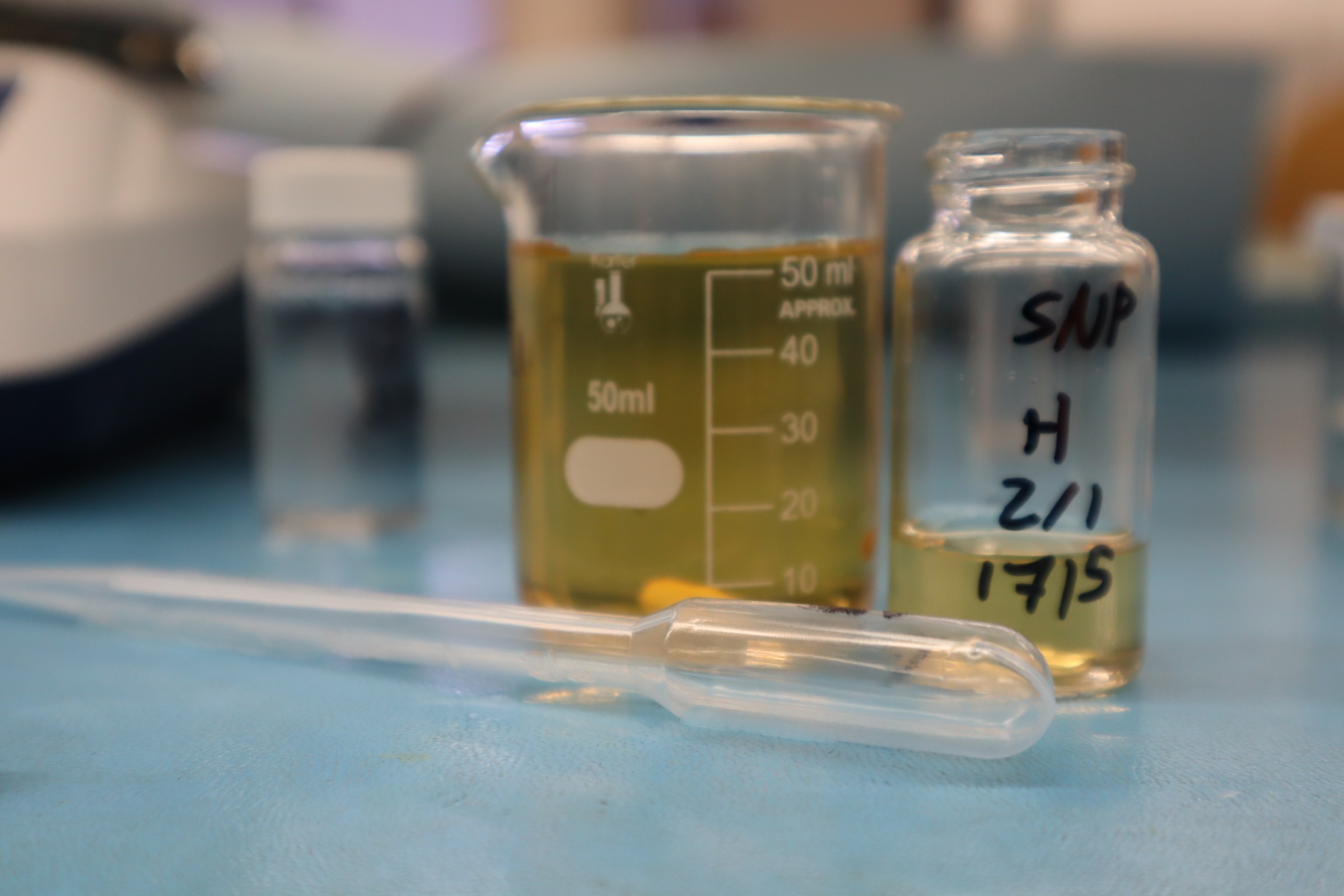
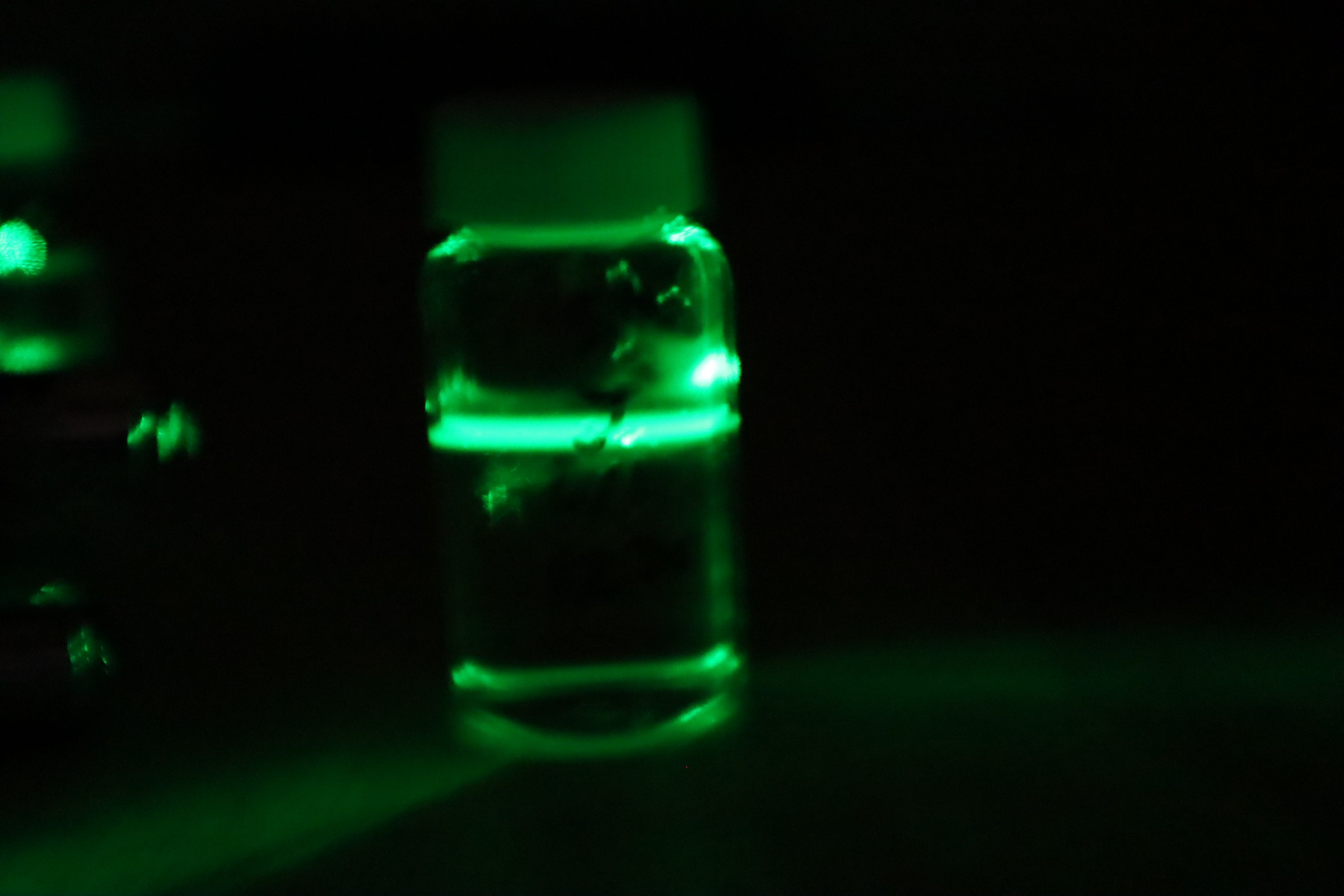
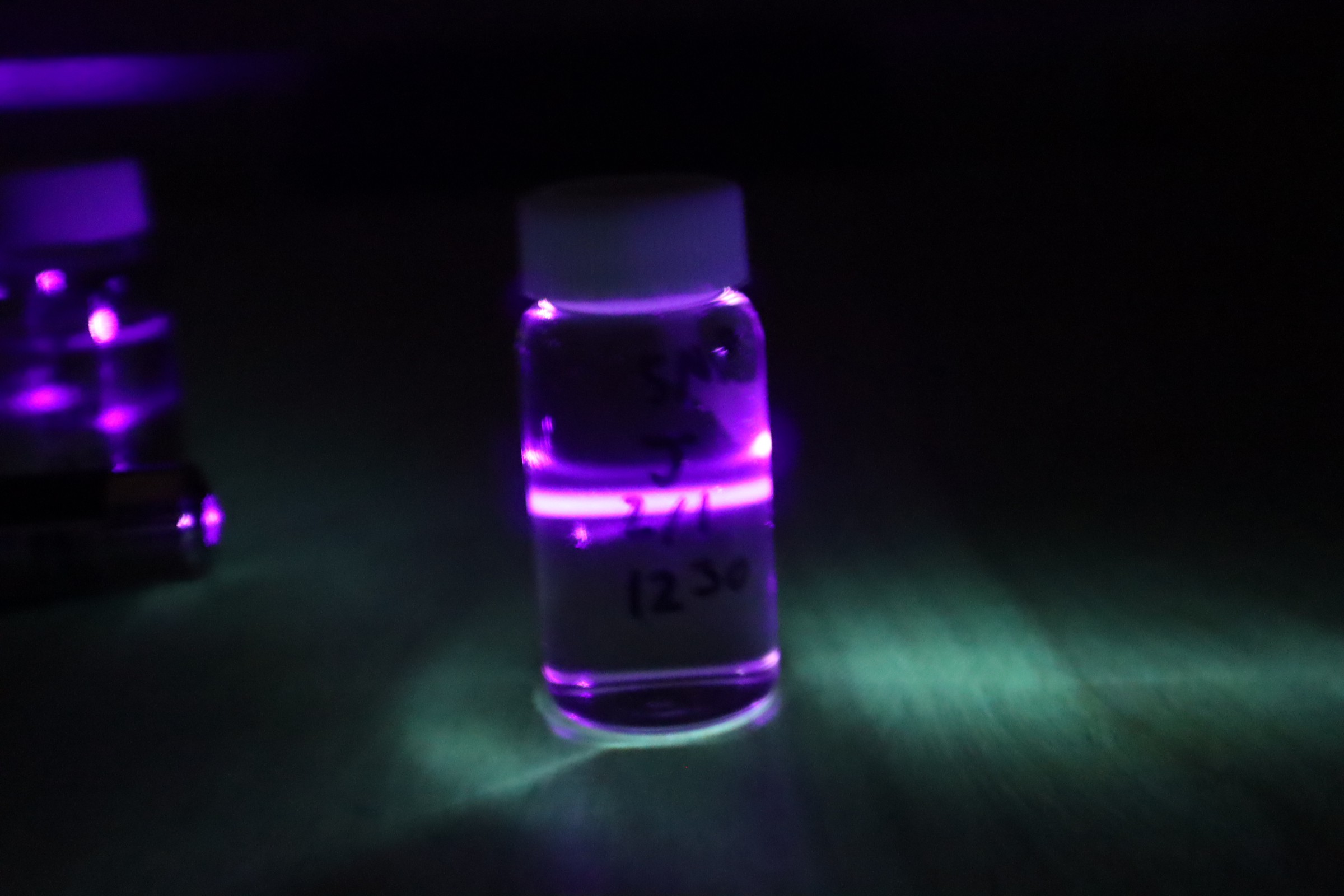
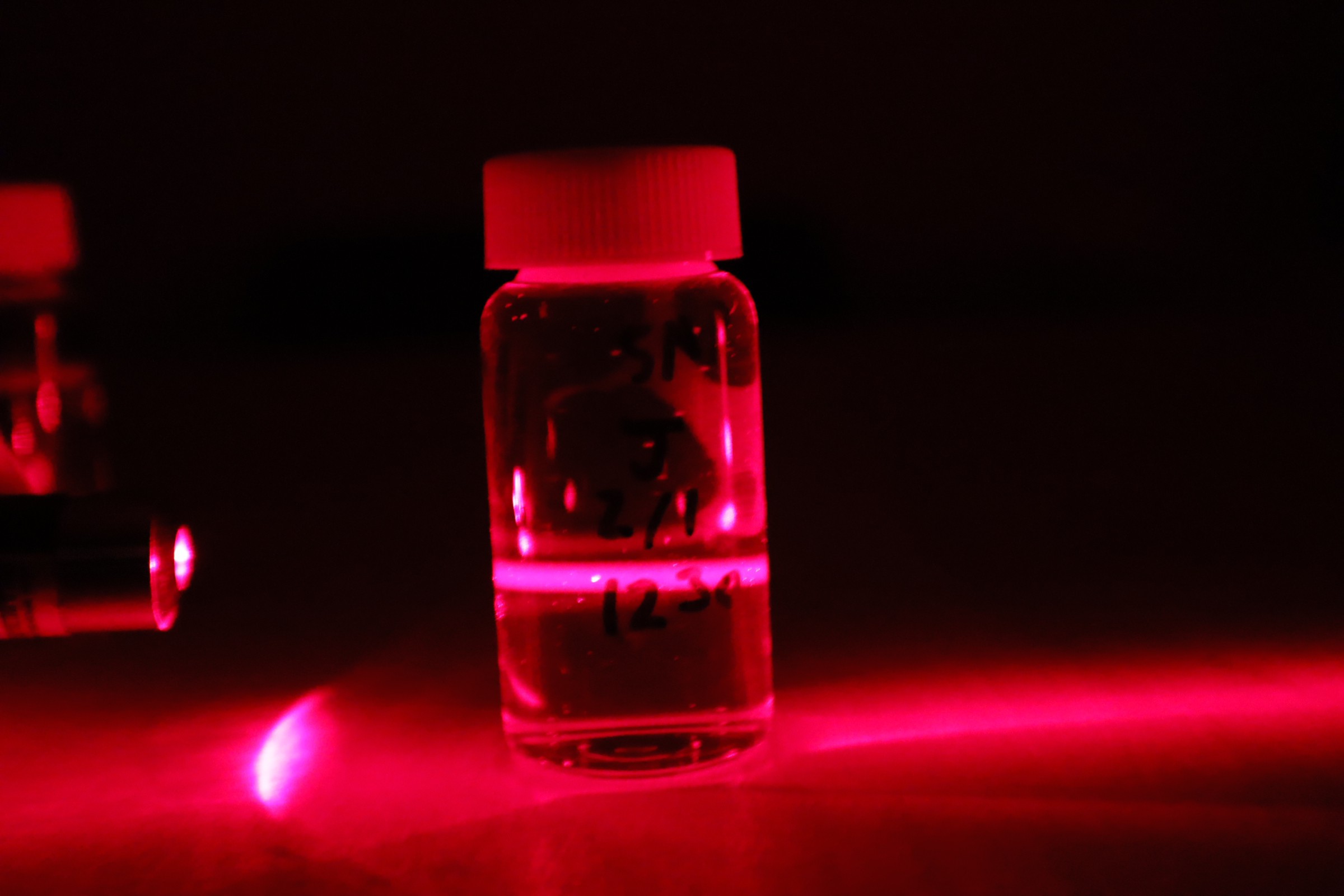
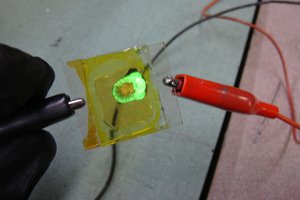
 Ian Hanschen
Ian Hanschen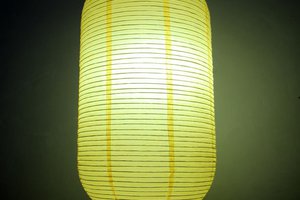
 xdylanm
xdylanm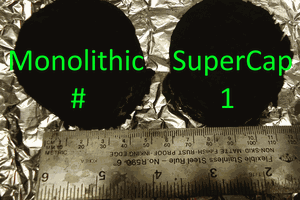
 MECHANICUS
MECHANICUS